Whether it is children who are taking exams in school or adults who are working, writing beautiful standard calligraphy with hard pen will make people look at them with admiration and increase their favorability.
Many people also want to practice hard-written standard calligraphy through their own efforts, but things often backfire, and many people fall into this dilemma:
1. Unable to find an entry point and groping randomly, which consumes a lot of time and has little effect;
2. Without communication and comparison, there is no thinking, and you can only cross the river by feeling the stones;
3. Without a famous teacher to guide the way, calligraphy practice will form bad habits, which are extremely difficult to change;
4. Lack of systematic practice, lack of guidance from the aesthetic laws of calligraphy, and inability to draw inferences from one example.
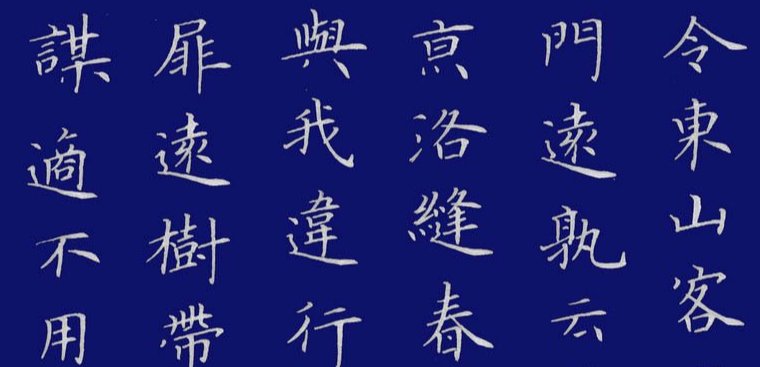
After practicing calligraphy for several years, why can’t I still write well?
Although there are many well-known reasons for poor writing, the fundamental reason is errors in understanding, which is directly related to the learner's own wrong thinking or rigid ideas.
Common misconception 1: The more you practice, the better your writing will be
Some students think that when practicing calligraphy, they only need to write repeatedly and put in the same effort as what is written on the copybook. So when practicing calligraphy, I blindly repeated mechanically, and eventually developed the bad habit of "copying", using the pen casually, without analysis, and scribbling and correcting.
Common misconception 2: Practice is practice, writing is writing
Some students write very well when practicing calligraphy, but they mess up when doing homework. When some students practice calligraphy, they like to doodle before the end and change fonts at will, which ultimately leads to poor calligraphy.
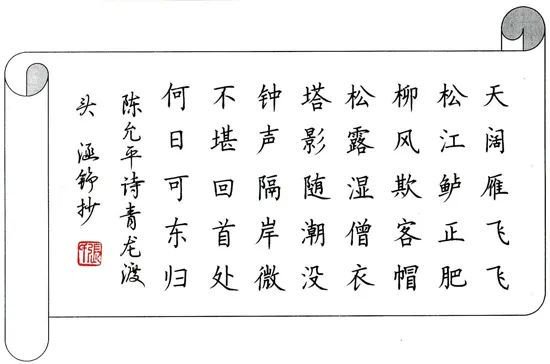
When practicing hard-written standard calligraphy, you must see through the phenomenon to see the essence. The reason why the above two problems exist is actually caused by learners not mastering the structure of words.
1. The more you copy, the more mistakes you make. For hard-pen standard characters, you should observe before writing and carefully observe each character. The most important point is to carefully memorize the structure of the characters.
For example, many people will ignore the difference between the Chinese characters "twins". In this case, you need to compare the words with the ones on the copybook after writing to find out the small gaps, and make continuous corrections.
2. When practicing calligraphy, you must start well and finish well, and cannot do it half-heartedly. When writing, you must be meticulous and every stroke must be written realistically.
After mastering the font structure, you can choose the font you like and practice it persistently, and do not change fonts easily.
It is necessary to combine learning with application and practice with writing. When the practiced calligraphy is used in daily life, the writing should be as good as when practicing. Use one after practice, learn by using, use while learning. Only by combining learning with application can you practice calligraphy well.
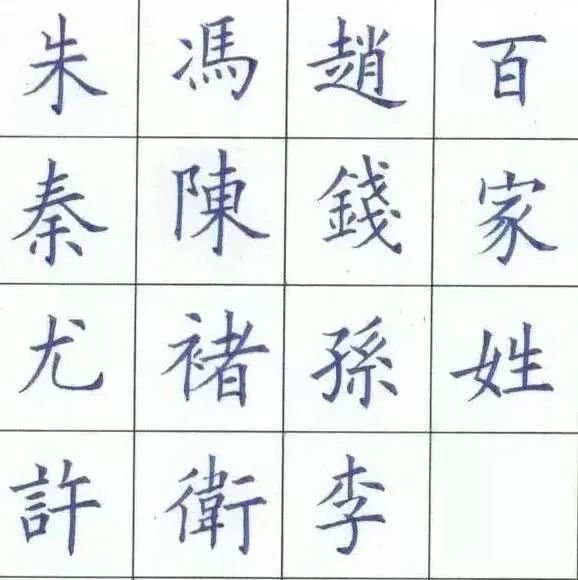
When practicing hard-pen standard calligraphy, should I just practice it by comparing it with printed regular script calligraphy?
Of course not. For example, when a single character is written alone, the original strokes can be stretched according to its own shape, but when making radicals, the changes in the components of a single character when used as a combined character are quite complicated.
When you practice standard calligraphy, you can refer to its strokes, shape, and position, but you cannot copy it. After all, everyone's writing habits and aesthetic tastes are different, and the characters you write cannot be the same printed characters.
When the hard-pen standard characters are accurate and standardized, they should also be simple, smooth and beautiful.
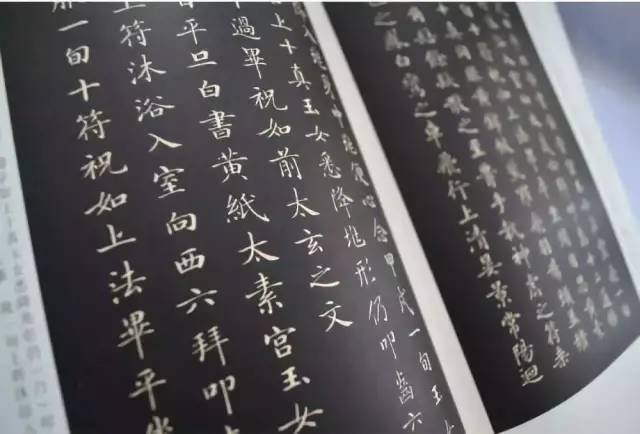
How to improve the beauty of writing by learning hard-pen standard calligraphy?
Traditional calligraphy has established aesthetic standards that have been agreed upon for thousands of years. Of course, we must follow the aesthetic standards of hard-pen calligraphy.
Nowadays, hard-pen calligraphy has taken over the "practical" burden of the original calligraphy and has become a medium for national cultural exchange and dissemination. When we choose to practice hard-pen calligraphy, we must also learn to stand on the shoulders of giants and view the learning process of standard calligraphy.
Whether it is a brush or a hard pen, the words written with them must meet the aesthetic requirements of calligraphy, and the structure and composition must be full of variety and unified.
To improve the beauty of hard-pen standard calligraphy, you can transition to ancient calligraphy, draw nutrients from ancient calligraphy, improve and expand your ability to take the initiative in aesthetics, and establish your own calligraphy style through the diversity of calligraphy style choices.
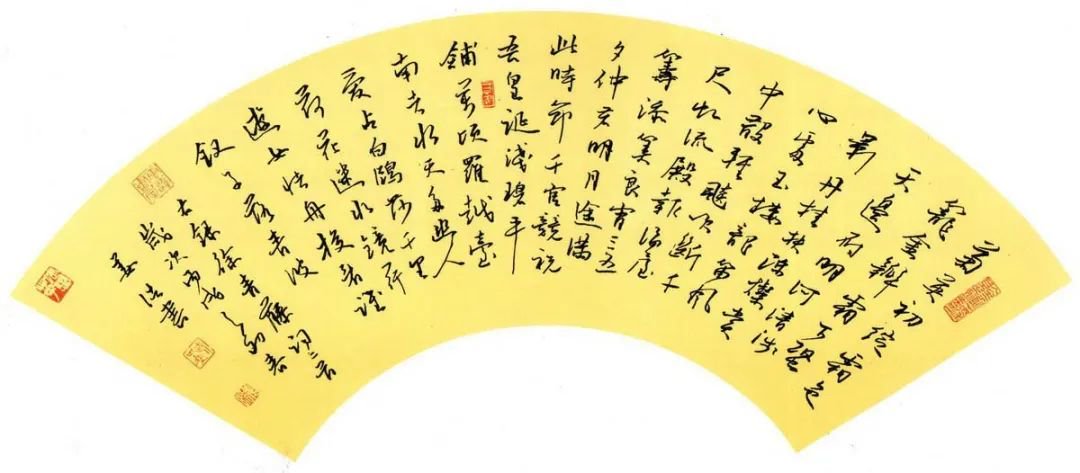
How to convey the beauty of ancient calligraphy through hard pen?
Hard pens and brushes are two different writing tools. Hard pens and brushes are both different and related. Hard pen writing is derived from brush writing. The brush is soft and difficult to grasp, while the hard pen is hard and easy to grasp. , both of them have a lot in common.
1. They all use Chinese characters as the carrier, that is, they use Chinese characters as the object of expression.
2. Although the writing methods of the two are different, the structural rules and rules are basically the same.
3. The line expression of hard pen can draw lessons from the brush technique. For example, hard-pen calligraphy draws on the complete rise and fall of the brush and the method of prioritization to make the strokes more colorful.
Students can look at a large number of ancient calligraphy and ancient calligraphy. They will start by appreciating the charm of calligraphy on ancient calligraphy, and then slowly ponder the brushwork of ancient characters on ancient calligraphy.
Starting from copying the glyphs of ancient calligraphy with a hard pen, you can develop a good pen feel. Pen touch is a subtle ability to use the pen. Only when the pen control ability of the hard pen is improved can you use the hard pen as a carrier to write elegant, organized and meaningful writing. Inherited Chinese characters.
The content of this article is reproduced from Toutiao: Writing Education in the Book Forest. The pictures and texts are from the Internet. The copyright belongs to the original author. Infringement will be deleted.








